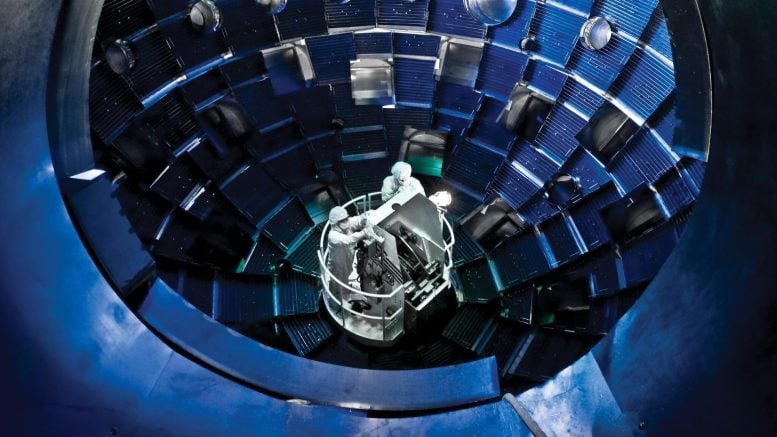
Inside the National Ignition Facility’s 10-meter-diameter target chamber. Credit: Lawrence Livermore National Laboratory
The failure of the US National Ignition Facility’s six-year campaign to demonstrate fusion in the lab has the government deciding on a more methodical path for harnessing the most powerful laser ever built.
The government’s new plan [PDF] was revealed to Nature, and it calls for a slower, more deliberate approach to achieve ignition, the point at which more energy is produced by a fusion reaction than is consumed. Many physicists agree that this would be an important proof of concept for achieving controlled fusion.
The National Ignition Facility at the Lawrence Livermore National Laboratory in California will be set on a new course, exploring several alternative ways of achieving ignition. It sets a three-year deadline for finding out whether ignition is possible at all. The last deadline was aimed to demonstrate actual fusion.
The $3.5-billion NIF uses lasers to crush 2-millimeter pellets of hydrogen fuel to the point of fusion. Instead of irradiating the fuel directly, the lasers shine into a cylindrical capsule, whose walls will emit X-rays that squeeze the fuel pellet until it explodes.
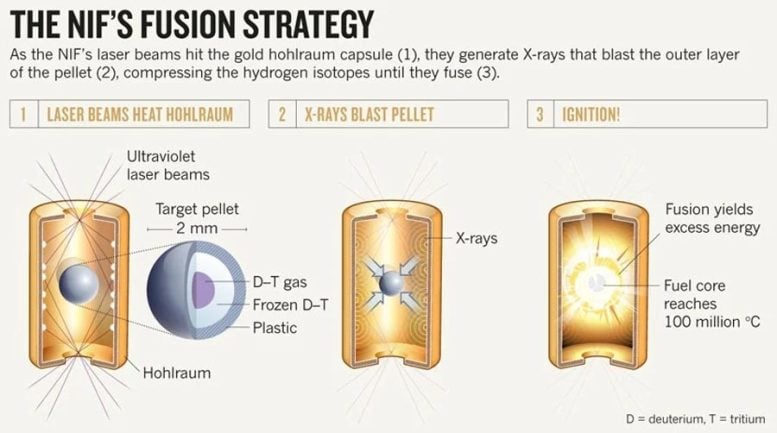
This indirect approach mimics the ignition system in a thermonuclear weapon, which uses radiation from a fission stage to squeeze hydrogen isotopes in the fusion stage, creating a much more powerful explosion.
This latest plan was drafted by the US National Nuclear Security Administration (NNSA), which oversees the lab. The researchers will conduct reduced-power tests to refine their computer models over the next three years to determine why ignition has been so elusive.
Another approach consists of using lasers to ignite the hydrogen fuel inside the pellet directly, and using a machine called the Z-pinch to squeeze the fuel inside a magnetic field. By 2015, the NNSA hopes to be able to say whether ignition can be achieved using the NIF or Z-pinch.

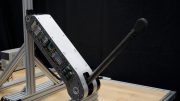
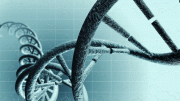
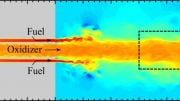
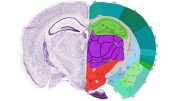
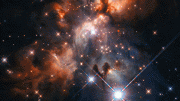
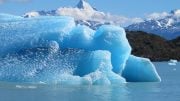
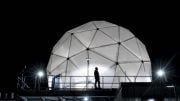
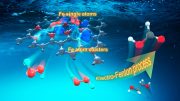
Be the first to comment on "US National Ignition Facility Rethinks Its Strategy for Laser Fusion"